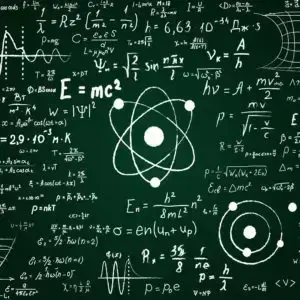Engineers at NASA say they have successfully revived thrusters aboard Voyager 1, the farthest spacecraft from our planet, in the nick of time before a planned communications blackout.
A side effect of upgrades to an Earth-based antenna that sends commands to Voyager 1 and its twin, Voyager 2, the communications pause could have occurred when the probe faced a critical issue — thruster failure — leaving the space agency without a way to save the historic mission. The new fix to the vehicle’s original roll thrusters, out of action since 2004, could help keep the veteran spacecraft operating until it’s able to contact home again next year.
Voyager 1, launched in September 1977, uses more than one set of thrusters to function properly. Primary thrusters carefully orient the spacecraft so it can keep its antenna pointed at Earth. This ensures that the probe can send back data it collects from its unique perspective 15.5 billion miles (25 billion kilometers) away in interstellar space, as well as receive commands sent by the Voyager team.


Out of interest I did some estimates and it seems that an asymmetry of three billionth of the total thermal radiation would be enough to rotate the probe once over a timescale of 10 years. So if the radioisotope generator has even just a tiny bit of a different infrared brightness on one side, it would turn voyager in a few years.
notes on calculation
Voyager weight: 815 kg
Approximate Diameter: 1 m
Assume mass and thermal radiation emitted with a center distance of this diameter. Then we can calculate as it would need to move 2π 2 m. It should be enough as coarse estimate and underestimate the acceleration. Distance to move: d = 6.3 m
Assume constant acceleration due to thermal radiation
RTG power at start: 3 * 2.4 kW = 7.2kW
RTG power now: 7.2kW * 10^(48/88) = 4.9 kW
Total of thermal radiation: 4.9kW / c = 16 uN
distance moved: d = a t^2 / 2
assuming 10 years accelerated movement movement:
a = 63 mm/yr^2
F = 52 fN
3 * 10^-9 of thermal force